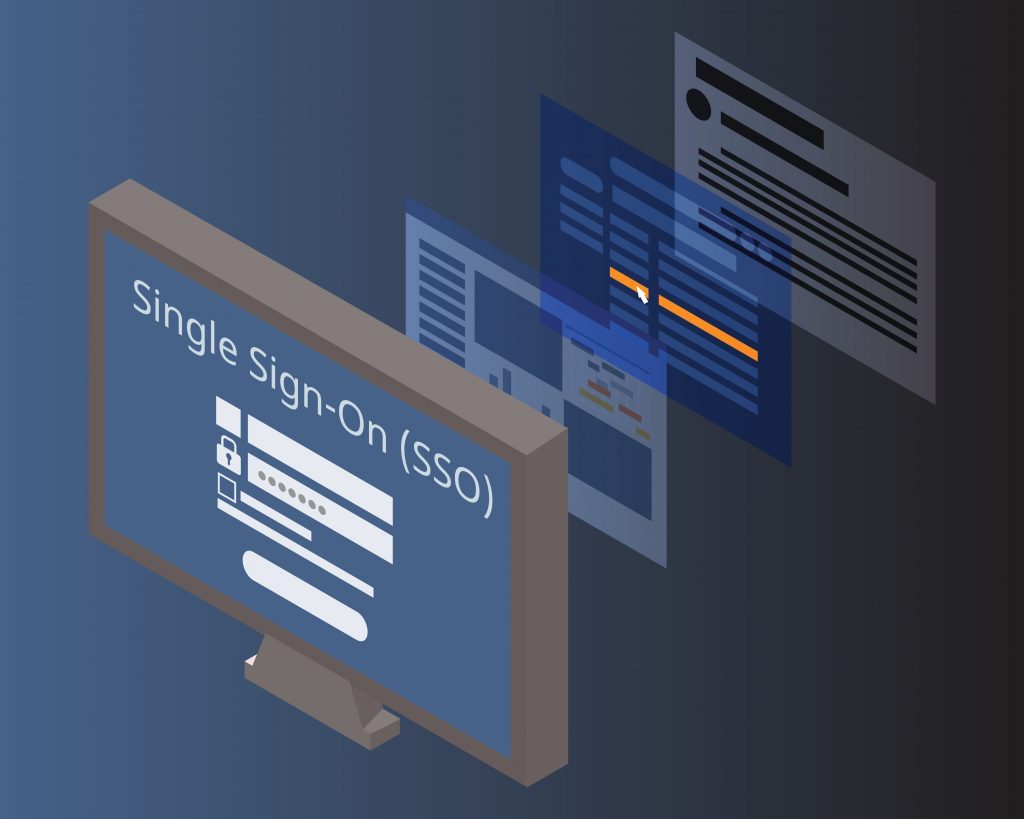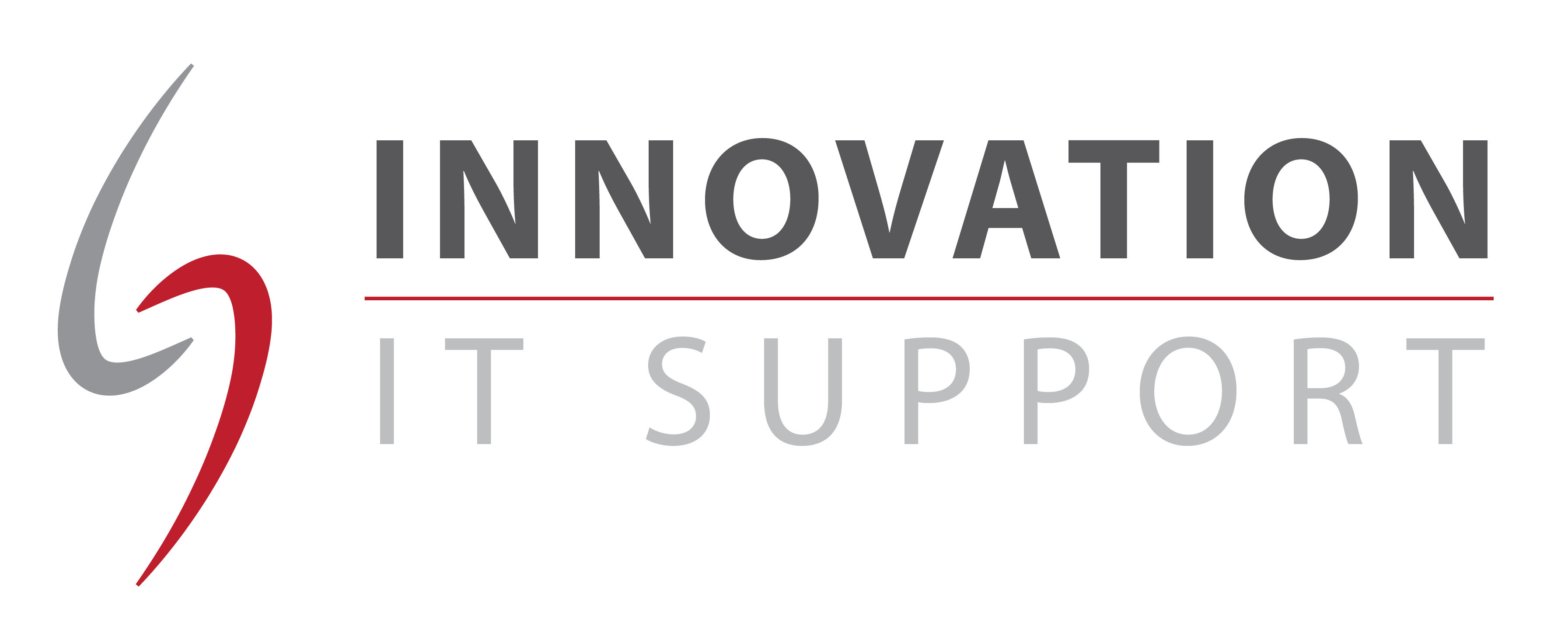
In today’s digital landscape, where individuals navigate multiple applications and platforms, managing numerous usernames and passwords can be burdensome and time-consuming. Single Sign-On (SSO) offers a solution by allowing users to access multiple applications with a single set of credentials. In this blog, we will explore what Single Sign-On is, its benefits, and how it works. By understanding the concept and implementation of SSO, businesses can enhance user experience, improve productivity, and bolster security measures.
I. Understanding Single Sign-On – Single Sign-On is an authentication mechanism that enables users to log in once and gain access to multiple applications and systems without the need to re-enter their credentials. It eliminates the need for separate usernames and passwords for each application, simplifying the user experience and reducing the risk of password fatigue.
II. The Benefits of Single Sign-On
- Enhanced User Experience: SSO streamlines the login process, making it more convenient and efficient for users. They can access multiple applications seamlessly, improving productivity and minimizing frustration.
- Increased Security: SSO improves security by centralizing user authentication. With a single set of credentials, users are less likely to resort to weak or easily guessable passwords. Additionally, SSO allows for better control over user access, enabling administrators to manage permissions and enforce security policies more effectively.
- Simplified IT Management: SSO simplifies user provisioning and deprovisioning. When an employee joins or leaves an organization, access can be easily granted or revoked across multiple applications, saving time and reducing the risk of unauthorized access.
III. How Single Sign-On Works
- User Authentication: When a user attempts to access an application, the SSO system verifies their identity by prompting them to enter their credentials or by using alternative authentication methods such as biometrics or multi-factor authentication.
- Authentication Relay: Once the user’s identity is confirmed, the SSO system generates a token or ticket that serves as proof of authentication.
- Token-Based Access: The token is securely transmitted to the application the user wants to access. The application validates the token with the SSO system, which confirms the user’s identity and grants access without requiring additional credentials.
- SSO Infrastructure: SSO can be implemented using various protocols such as Security Assertion Markup Language (SAML), OpenID Connect, or OAuth. These protocols facilitate secure communication and exchange of authentication information between the SSO system and the applications.
Single Sign-On simplifies user authentication and access management, providing a seamless experience for users across multiple applications. By reducing the need for multiple usernames and passwords, SSO improves productivity, enhances security, and streamlines IT management. With the growing complexity of digital environments, implementing Single Sign-On is a strategic move for organizations seeking to optimize user experience, strengthen security measures, and simplify access management. Embrace the power of Single Sign-On and unlock the benefits of a unified authentication experience in today’s interconnected digital landscape.

